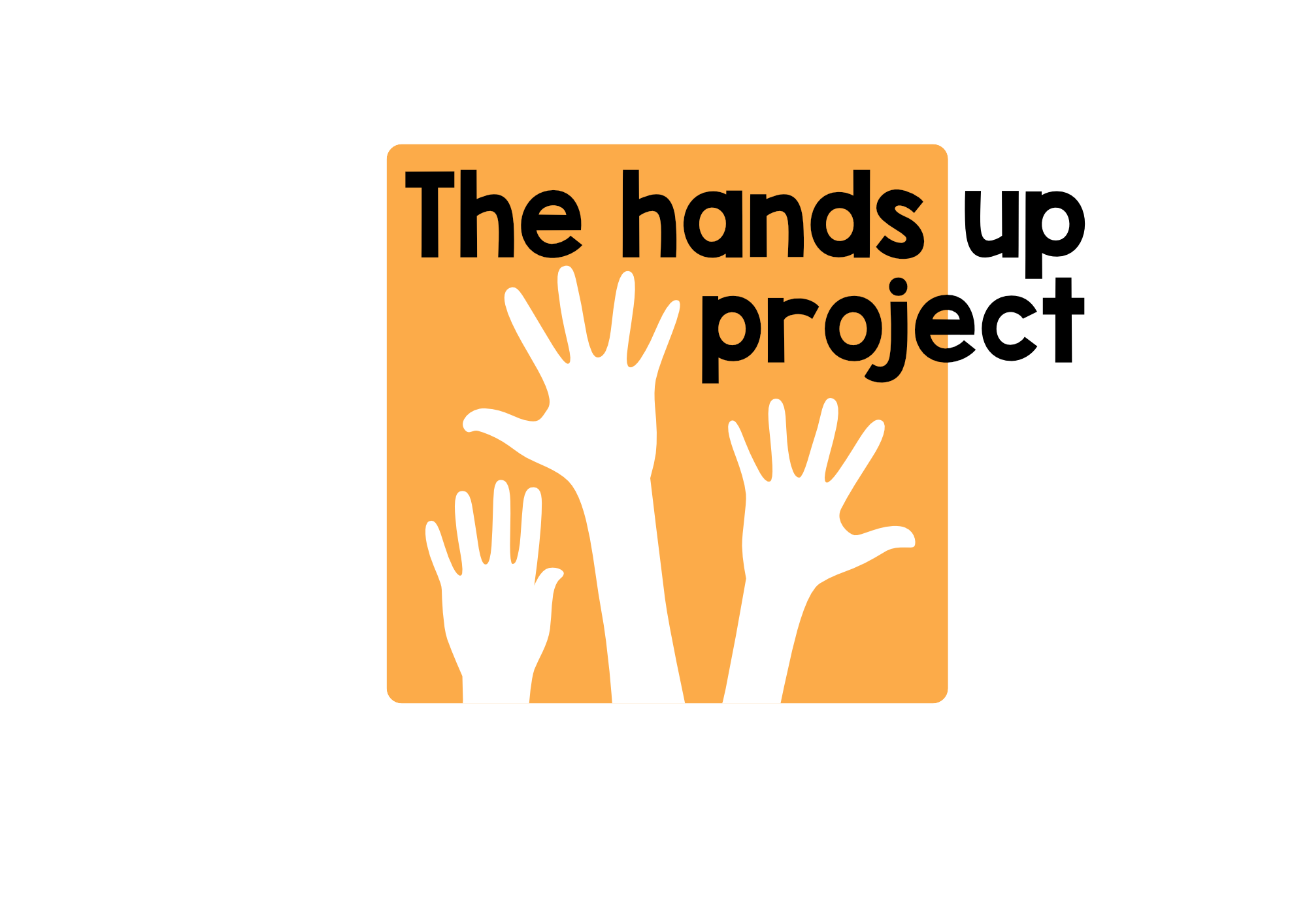If socks could talk
We're all very excited at the Hands up Project about one of our new ventures. In collaboration with four language schools (in Croatia, Italy, Romania and Spain), we have been awarded an Erasmus plus KA2 grant from the European Union to create lots of free to access materials related to remote theatre. We'll be building a huge searchable database of remote plays on different themes, and supporting teachers and students to write their own ones.
But first we'll be writing 'The Remote Theatre Handbook' which will be a fantastic resource for anyone wanting to use Remote Theatre techniques with their learners of English around the world. From now on I'll be spending a few hours a day working on this, writing up activities that we've already developed, and tips that we've already learnt, about this exciting new way to learn a language.
I'll also be regularly sharing some activities from the book here, and we'd love it if you tried them out with your own students and gave us some feedback in the comments below. Your students' examples may even be included in the finished book like Antonio, Sara and Valeria's will be for our first activity.....
If socks could talk
1) Show two inanimate objects through your webcam (ideally as close as possible and without showing your face) They could be anything really that you can find around you, such as two household objects, either from the same context (eg. a knife and a spoon) or different ones (eg, a pen and a sink plunger). Nick used an external webcam to show his two odd socks (see below)
2) Elicit some suggestions from the students as to what the two objects could be saying to each other if they could talk.
3) Put the students into pairs and ask them to write a short dialogue between the objects.
4) If there is time, have a look at their dialogues and correct/ reformulate what's been written to make it more accurate or natural. Help the students with the pronunciation of the utterances. It may be more appropriate and save class time if you do the reformulation stage between sessions.
5) With their webcams turned off, invite some of the pairs to perform their dialogues as a voice over for the conversation. Where possible, move the objects in an appropriate way (like puppets) so that it fits with what is being said.
The following unedited 'odd sock dialogue' was written by Antonio Labate, Sara Caridi, and Valeria Amedeo, three young adult learners of English at IH British School Reggio Calabria. Thanks to their teacher Lucie Cotterill for supplying this.
(phone rings)
BS (Black socks): Hey Sokka! How are you doing?
Sokka (white socks): oh hi BS, I'm good. Why you called?
BS: Nothing, I just wanted to ask if you'd go out with me since I don't work tonight.
Sokka (rolls eyes): Ew just me and you?
BS: You don't have to be so mean.
Sokka: I don't think that's a good idea
BS: What's the problem? It's because I'm black?
Sokka: Well..... at least you are fun (?)
BS: Just a yes could have been enough
Sokka: Sorry last time you delivered pizza at my house you smelled terrible!
BS: Wow, sorry if I run to deliver your pizza as fast as possible.
Sokka: ....
BS: Bye Sokka, I thought there was something between us.
Sokka: Just stay a foot apart from me. Bye.
(Sokka ends call)
Variations
1)Invite students to show their own pair of objects to the webcam for the others to create dialogues for.
2) Instead of asking students to write a dialogue, they could be asked to spontaneously add a voiceover whilst the objects mime. This is obviously more challenging but, as we have seen before in this book, improvised conversations can sometimes be more engaging for the actors and the audience, and more fun to watch.

